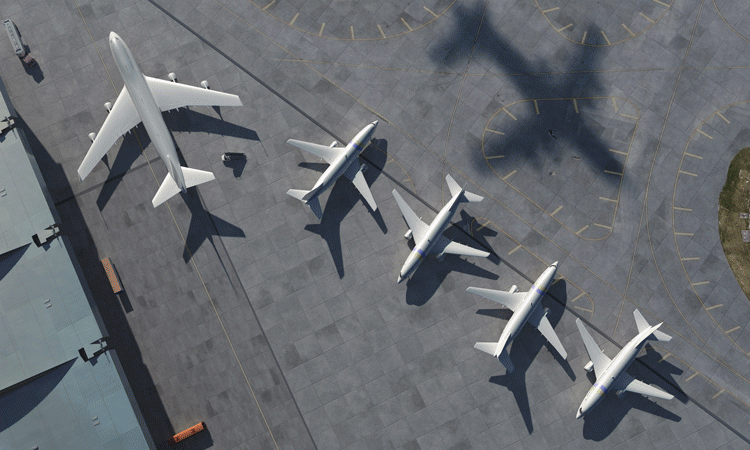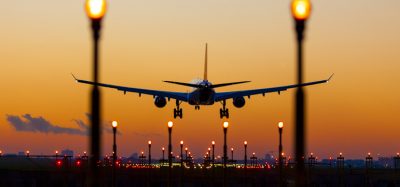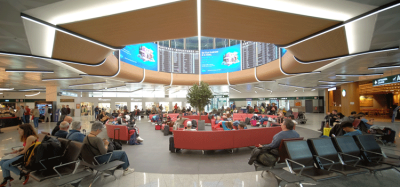ACI’s World Airport Traffic Forecasts reveal the drivers of air transport demand growth on the path to 2040
Posted: 29 October 2019 | Angela Gittens - ACI World | No comments yet
ACI World Director General, Angela Gittens, reveals key findings from 2019’s World Airport Traffic Forecasts. The annually compiled forecasts have data for more than 110 country markets including total passenger numbers, total air cargo volumes and total aircraft movements.


There is no doubt that the future of the aviation industry is positive with ACI’s forecasts showing passenger traffic worldwide is expected to double to more than 17 billion by 2037.
Air transport forecasts are crucial for airport planning and the determination of future capacity requirements and ACI’s World Airport Traffic Forecasts provides detailed data for 110 countries consisting of passenger and cargo volumes and aircraft movements.
Key findings of the World Airport Traffic Forecasts
Global passenger traffic was over 8.8 billion in 2018 and is expected to double by 2037. Over the long term, it is projected to grow at an annualized rate of 3.7 per cent, reaching 19.7 billion by 2040.
Asia-Pacific’s airports are predicted to account for half of all worldwide passenger traffic growth from 2018 to 2040. Indeed, China is projected to become the largest passenger market in 2031 and will dominate passenger rankings in 2040 with just over 3.5 billion passengers which equates to an 18 per cent share of the global passenger traffic market.
The United States and India will follow, with 2.9 and 1.3 billion passengers respectively. Together, the three countries will handle almost 40 per cent of global passenger traffic. Indonesia, currently the 10th largest market in terms of total passenger traffic worldwide, is expected to rapidly climb in the country rankings, reaching the fourth position by 2036.
Emerging and developing economies will account for almost 60 per cent of all passenger traffic by 2040. Of the countries that handled more than 50 million passengers in 2018, Vietnam, India, Saudi Arabia, the Philippines and Indonesia are projected to be the fastest growing from 2018 to 2040.
In 2040, an estimated 21 per cent of all air cargo will be handled in the United States. China and the United Arab Emirates, predicted to be the second and third largest markets, will together handle another fifth of the 200.5 million tonnes of global air cargo volumes.
The U.S., China and India are predicted to be the leading markets for aircraft movements in 2040, respectively hosting 23 per cent, 16 per cent and four per cent of global aircraft movements.
What will drive this growth?
In the long run, several factors are behind the soaring growth in air transport demand.
Growing economies, declining cost in air travel and an emerging middle class in developing countries with large populations will create a wave of new potential air travellers and boosting demand for air services.
Higher living standards are an important determinant and countries with large population bases – including Brazil, Russia, India and China – have witnessed considerable expansion of their middle class and their working-age populations.
Despite trade tensions and downside risks in the near term, emerging economies should sustain a continued increase in the propensity to travel. The working-age populations of some emerging economies have reached unprecedented levels, allowing their markets to capitalise on the demographic dividend. Emerging economies, particularly in the Asia-Pacific region, should remain major engines of growth in the long term.
Heightened industry competition throughout the aviation sector is also an important driver. There is no doubt that the low-cost business model increasingly adopted by airlines and historically low jet fuel prices have acted as catalysts to stimulate demand through lower fares.
Improvements in aircraft economics as older fleets are replaced, together with enhanced airline efficiencies, will also continue to reduce aircraft costs per trip.
Action is needed now
While it is evident air transport very much relies on open markets to grow, it is also evident that, in markets with strong air transport demand, airport operators already face capacity constraints that stifle growth.
Action must be taken to address this growing infrastructure gap.
Given that more than 200 airports already require slot coordination because they have insufficient capacity to meet demand, government regulators must come together with the aviation industry to ensure that existing capacity can be better utilised while facilitating new and improved infrastructure to improve efficiency and the passenger experience.
Related topics
Air traffic control/management (ATC/ATM), Capacity, Passenger volumes, Regulation and Legislation


















